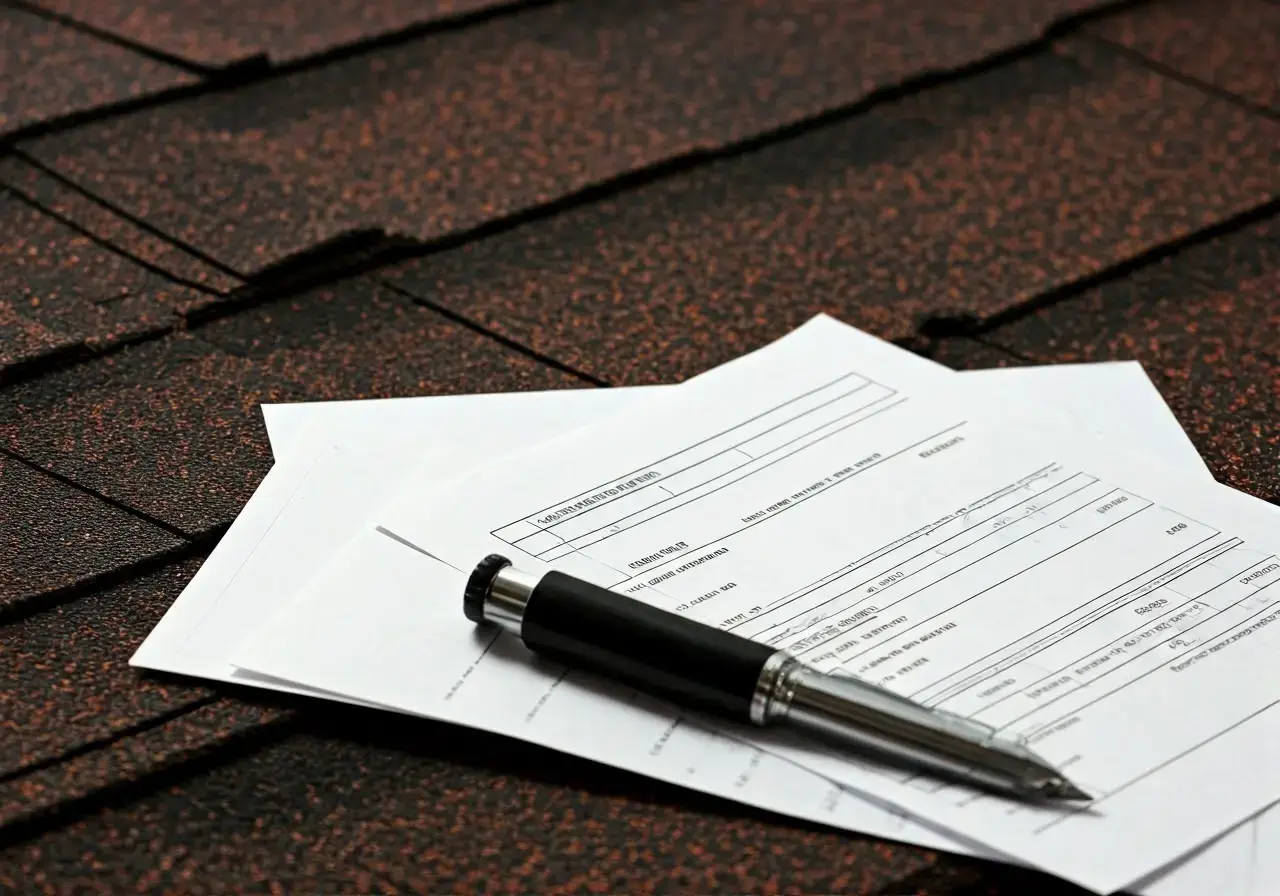10 Vital Steps for Emergency Roof Repair in San Antonio

When a sudden storm or unexpected damage hits your roof, knowing how to quickly and effectively manage the repair process can save you from further complications. This guide outlines crucial steps for handling emergency roof repairs in San Antonio, ensuring you stay safe and minimize damage.

1. Ensure Personal Safety First
Before addressing any roof damage, it’s crucial to ensure that you and your family are safe. Avoid the temptation to inspect the roof during a storm or immediately after. Wait for the weather to clear and assess from the ground if possible. San Antonio’s storms can be unpredictable and intense, making it vital to always prioritize safety over inspection.
Remember, fallen debris can create hazards not immediately visible. If you notice any serious structural issues or potential risks from the ground, it’s better to consult a professional immediately rather than risk personal safety. This cautious approach is your first step toward a successful emergency roof repair strategy.
2. Perform a Visual Inspection
Once it’s safe, conduct a visual assessment from the ground or use binoculars. Identify any areas where shingles are missing, or other obvious signs of damage. This will help you determine the extent of the repairs needed. Look for signs such as debris buildup, lifted shingles, or damage to edges.
In areas with heavy tree cover, fallen branches can be a common source of roof damage. Peering up, note if any branches have struck the roof or if other materials like tiles and fascia appear displaced. Spotting these early helps prioritize professional assessments and eventual repairs.
3. Document the Damage for Insurance
Taking photos and detailed notes of the damage can be incredibly helpful when you file an insurance claim. Include time-stamped images to provide a clear timeline of events leading to the damage. Clear photos go a long way in conveying the extent of the damage to your insurance company, potentially expediting the claims process.
Reports should detail all damages, including water stains on the ceiling inside your home, as these indicate leaks that have affected your interior. Detailed documentation helps you stay organized and can be instrumental in subsequent discussions with both your insurer and hired contractors.
4. Cover Areas to Prevent Further Damage
If you can do so safely, cover damaged areas with a tarp or plastic sheeting to prevent water intrusion while waiting for repairs. Secure it well to withstand wind and additional rain. This is a crucial temporary fix that could avoid additional complications, such as water damage that might lead to mold growth.
Make sure the tarp or sheeting is large enough to cover the damaged area completely. Overlapping the edges slightly onto undamaged parts of the roof can help ensure that the cover remains in place, even in adverse weather conditions. This measure is essential to maintain your home’s interior condition as you coordinate repairs.
5. Contact a Professional Roofer
Reach out to a trusted roofing contractor in San Antonio. Getting a professional assessment as soon as possible will provide you with the best solution for repair or replacement while ensuring the work meets local building codes. San Antonio’s climate demands specific roofing considerations that only locals fully understand.
Read reviews and perhaps consult with friends or neighbors who’ve faced similar situations. It’s important to choose a roofer not only for their expertise but also for their understanding of local conditions—both weather and regulatory—which differ from those in other regions.
6. Understand Your Insurance Policy
Review your homeowner’s insurance policy to understand what types of roof damage are covered. Knowing this will help you communicate effectively with your insurer and ensure you get the compensation you deserve. Policies can differ significantly, so knowing your coverage limits and deductibles is vital.
Checking previous correspondence or policy summaries helps clarify any points of confusion. This preparation allows homeowners to approach claims with clarity, increasing the likelihood of a favorable outcome. Understanding your policy also guides you in navigating seasonal challenges more proactively.
7. File a Claim Promptly
Reach out to your insurance provider quickly to file a claim. Providing them with documented evidence can expedite the process, leading to faster repair and compensation. Many insurance companies require prompt notification to process claims effectively and it is beneficial not to delay once safety is ensured.
There are also timelines usually specified in policies regarding how soon after the damage you should notify the provider. Immediate filing increases chances of priority handling, which is crucial in post-disaster scenarios where many homeowners might be filing claims simultaneously.
8. Schedule Repairs
Once your claim is processed, schedule repairs with your selected roofer. Ensure they are licensed and insured, and discuss a timeline for the completion of repairs. Be prepared for potential weather delays which can affect repair schedules, especially in regions prone to frequent storms.
9. Prepare for Future Emergencies
Investing in regular roof maintenance and repair can reduce the chances of future emergencies. Regular checks and minor repairs can extend your roof’s life and keep it in top condition. Seasonal inspections before and after the storm season are advisable, aiding early detection of vulnerabilities.
10. Educate Yourself on Roof Maintenance
Understanding basic roof maintenance can help you identify potential problems early. Many resources are available online to learn how to perform minor inspections and upkeep safely. Simple tasks such as clearing debris from gutters can prevent water backup and eventual roof damage.

